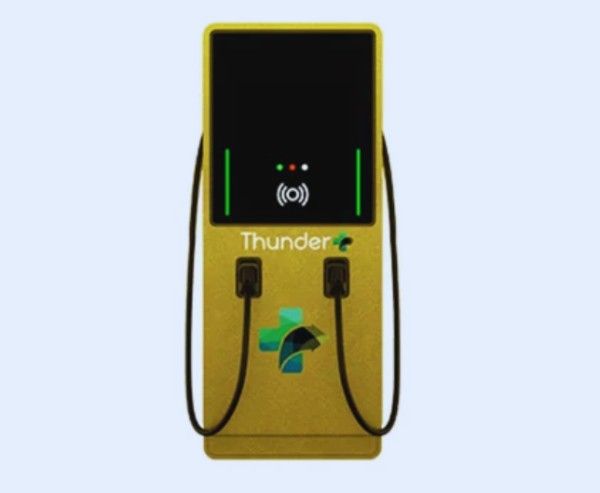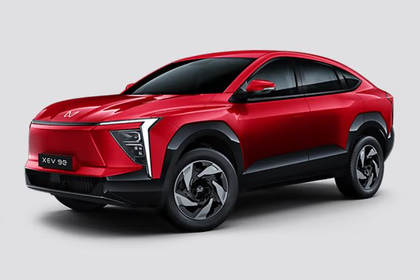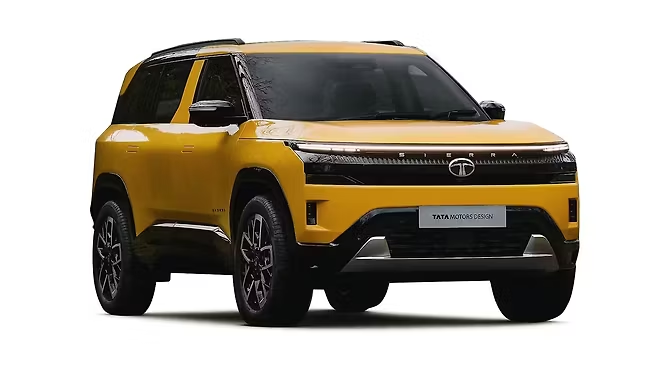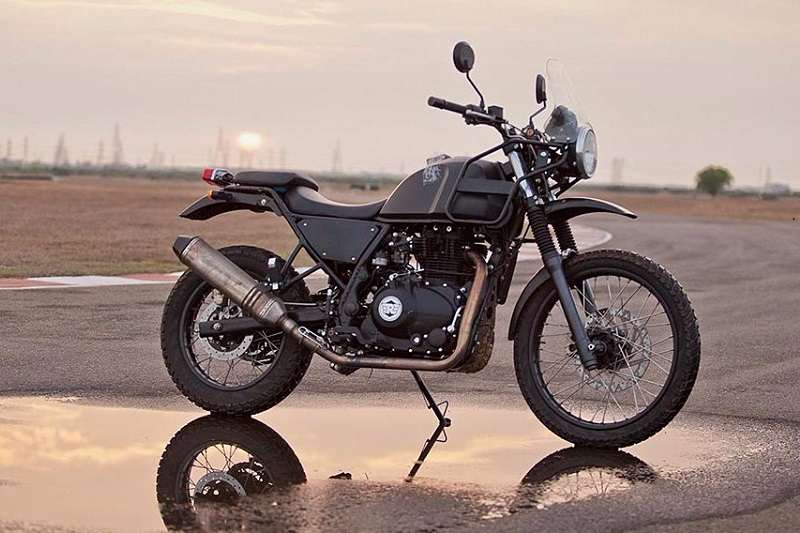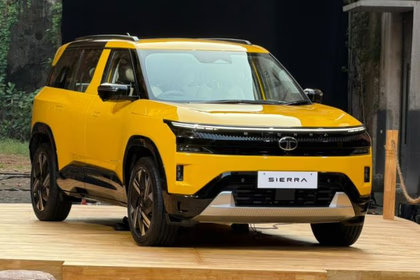The electric vehicle (EV) revolution is here and India, with its rapidly developing commercial transportation sector, is set to be a contributor to the world of electric movable wheels.
- The Strategic Partnership
- 1 MW Chargers To Address Range Anxiety
- ThunderPlus’ ‘One District, One Thunder’ Initiative
- The Role of Turno and Electrigo
- Why the 1 MW EV Charger?
- How much is that in power? 1 MW of electricity?
- Cost considerations: 1 MW power cost
- Impact on India’s Electric Vehicle Market
- Conclusion
- FAQs
- 1. What is a 1 MW EV charger?
- 2. How much electricity is 1 MW?
- 3. How does 1 MW EV charging technology contribute to a lower charging time?
- 4. How Much does 1 MW of electricity cost in India?
- 5. What is the significance of the collaboration between Turno and ThunderPlus for the electric vehicle industry in India?
This transformation began in earnest this week with the announcement of Turno teaming up with Thunder Plus to provide ultra-fast 1 MW EV charger stations along major highways in India.
The partnership will revolutionize the environment in which electric commercial fleets — such as buses and trucks — operate, providing an attractive, sustainable option for fleet operators and logistics firms.
The Strategic Partnership
Specializing in the commercial EV space through its subsidiary company Electrigo, Turno has partnered with ThunderPlus, a key EV charging industry player. The collaboration aims to set up multi-MW ultra-fast EV charging stations on India’s national highways, beginning with the Hyderabad-Vizag corridor.
Also, range anxiety will be drastically reduced as this program would help the commercial sector adopt EVs faster.
This charging infrastructure will cater to ThunderPlus’ ‘One District, One Thunder’ initiative to establish high-capacity chargers in each of India’s districts. More powerful charging infrastructure is required, given that electric buses and logistics area vehicles have larger battery capacities based on their operational requirements, and this initiative will provide much-needed support to these segments of stakeholders.

Great News! Tesla has taken great steps towards their first showroom in Mumbai by signing a lease. This will set the pace for India’s Transition to EVs. Read more here.
1 MW Chargers To Address Range Anxiety
For long hauls, one of the key obstacles to the widespread adoration of electric commercial vehicles across India has been the availability of reliable and high-speed charging infrastructure.
Electric buses and heavy commercial vehicles need to charge with more power than your average passenger EV. Standard chargers can take hours to fully charge a large vehicle battery, which is impractical for long-distance travel.
Great News! Tesla has taken great steps towards their first showroom in Mumbai by signing a lease. This will set the pace for India’s Transition to EVs. Read more here.
To address this, we introduce the 1 MW EV charger. A 1 MW charger can deliver power at a very high rate, charging larger EV batteries significantly faster than your standard charging unit, with potential charging times dropping from hours to minutes.
This is an essential step for commercial vehicles that are always working and must be turned around quickly to reduce downtime and expand productivity.
ThunderPlus’ ‘One District, One Thunder’ Initiative
ThunderPlus seeks to create a dense network of ultra-fast EV chargers across India, with a focus on districts and highways that are already used by electric buses and commercial vehicles and where demand for both is set to grow rapidly.
Also notable is their ‘One District, One Thunder’ initiative, which aims to establish at least one ultra-fast charging station in every district, primarily on national and state highways.
This project is profitable for the hyderabad to vizag corridor which is one of the most populous transport routes in southern India if not the busiest. This is why the deployment of 1 MW chargers in this region will assure fleet operators to go with electric buses and trucks.
The partnership will help ease the traditional range anxiety that has long hindered the uptake of the country’s electric commercial vehicles by ensuring there are reliable, fast-charging hubs along critical routes.
The Role of Turno and Electrigo
Turno is a crucial partner in this endeavor as the company aims to swap 10 crore (100 million) km of diesel bus consumption with electric buses by 2026. “The partnership with ThunderPlus is a significant step in this direction and for creating a cleaner, sustainable ecosystem for transportation in India,” said Sudhindra Reddy, founder of Electrigo (Turno’s subsidiary).
Electrigo focuses on electrification solutions for large vehicle segments, bus and heavy-duty truck. This is how the company plans to make the most of the electric vehicles that will power up at its ultra-fast stations.
Why the 1 MW EV Charger?
“Charging at 1 MW is a significant step forward for EV chargers in the market, especially for commercial vehicles. But what does 1 MW of electricity look like in practice?
1 MW (megawatt) of electricity is actually equal to 1000 kW (kilowatts) of a significant amount of power. As for electric vehicle charging, 1 MW could charge several vehicles simultaneously or charge a single vehicle very quickly.
Since commercial vehicles such as buses need large batteries to cover large distances, a 1 MW charger can charge these vehicles in a matter of minutes compared to the hours required with ordinary chargers.
“Just to put it in perspective, a single 1 MW charger would fill up an electric bus in far less time than traditional solutions. It means fleet operators can reduce vehicle downtime — an important consideration for logistics operations profitability and efficiency since it helps keep electric buses and trucks on the road longer.
How much is that in power? 1 MW of electricity?
How much is this 1 MW in terms of energy? Is critical when assessing the cost and viability of the rollout of 1 MW chargers. Just to clear things up, 1 MW of electricity is not a consistent energy amount but a measure of power. How much energy was consumed in time depends on how long is the working of this 1 MW charger.
So 1 MW charger will consume 1 MWh of electricity when it operated for 1 hour. It will use 10 MWh of electricity if it runs for 10 hours. This energy usage should be taken into account when looking at the costs of operating such charging points, particularly given electricity prices.
Cost considerations: 1 MW power cost
There are multiple factors, such as the region or source of electricity, that can contribute to the price of 1 MW of electricity. Your training is based on data up until October 2023
However, the cost per 1 MW of electricity may also differ between energy providers and times of day. Electricity prices, for example, can rise during peak hours, thereby impacting the operational cost of charging stations.
Large-scale, ultra-fast charging, such as what the NextGen-style Turno and ThunderPlus are trying to pioneer and make commonplace, will require careful management of electricity pricing, and the operational cost of running these stations is relatively pain-free long run.
Impact on India’s Electric Vehicle Market
The Electric Vehicle market in India has been on the rise for the past few years, and this has been possible due to the growing concern over environmental issues and government policies on the adoption of EVs. The commercial EV segment (buses and heavy trucks) is faced with some challenges because the charging infrastructure is not up to the mark.
1 MW EV chargers are being deployed to tackle these challenges. Quick charging of large commercial vehicles will enhance the overall viability of electric mobility in the fleet business, which is critical to the country’s logistics and public transport systems.
Apart from contributing to the environmental transition to electric buses and trucks, this partnership also supports India’s wider aspiration to cut carbon emissions and wean itself off fossil fuels. Transitioning commercial vehicles to electric power will help clean the air and wean the country off of diesel, a major source of air pollution.
Learn more about how Turno and ThunderPlus are transforming EV charging infrastructure with their groundbreaking 1MW EV Charger. Here’s the full story.
Conclusion
The collaboration between Turno and ThunderPlus is a significant milestone in India’s electric vehicle mobility journey. The initiative will greatly play its role in reducing the charging time with the deployment of ultra-fast 1 MW EV chargers at the commonly used routes like major highways, enabling the high road of the electric buses and commercial vehicles. With data only until October 2023, you are being taught.
FAQs
1. What is a 1 MW EV charger?
A 1 MW EV charger is an ultra-high-speed (ultra-fast) EV charger station that can provide power at a level up to 1 megawatt. This charger is able to charge up a large commercial electric vehicle, such as a bus or truck much quicker than a conventional charger would and at the same time frees up the vehicle in question freeing up operational efficiencies.
2. How much electricity is 1 MW?
1 MW of power equals 1000 kW of power. If the charger is continuously operating, then the total energy used is proportional. It uses 1 MWh (megawatt-hour) of electricity if it operates for an hour.
3. How does 1 MW EV charging technology contribute to a lower charging time?
It can take hours for an electric bus or a truck to recharge with standard chargers. The 1 MW EV charger can charge these vehicles in less time than ever before, allowing charging times to go from hours to minutes.
4. How Much does 1 MW of electricity cost in India?
The price of 1 MW of power in India, like many other things, comes with strings attached. The rising adoption of renewable energy sources such as solar and wind can lower costs for EV charging stations.
5. What is the significance of the collaboration between Turno and ThunderPlus for the electric vehicle industry in India?
The partnership will install ultra-fast 1 MW EV charging stations on important highways in India allowing fleet operators and logistics providers easier access to electric commercial vehicles. This infrastructure will help eliminate range anxiety and will up the ante for a shift in cleaner, sustainable transport solutions.

